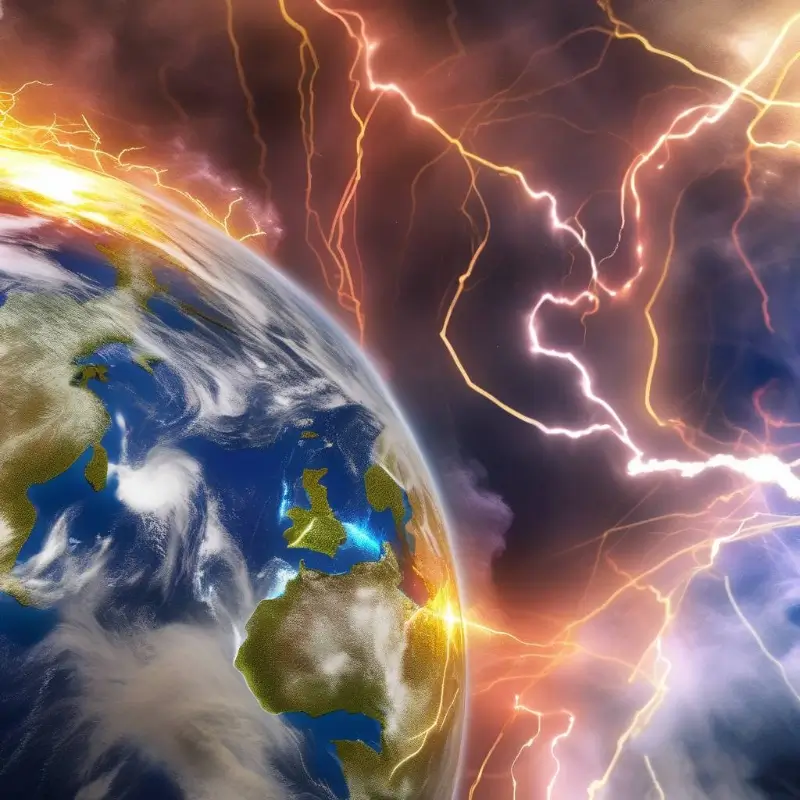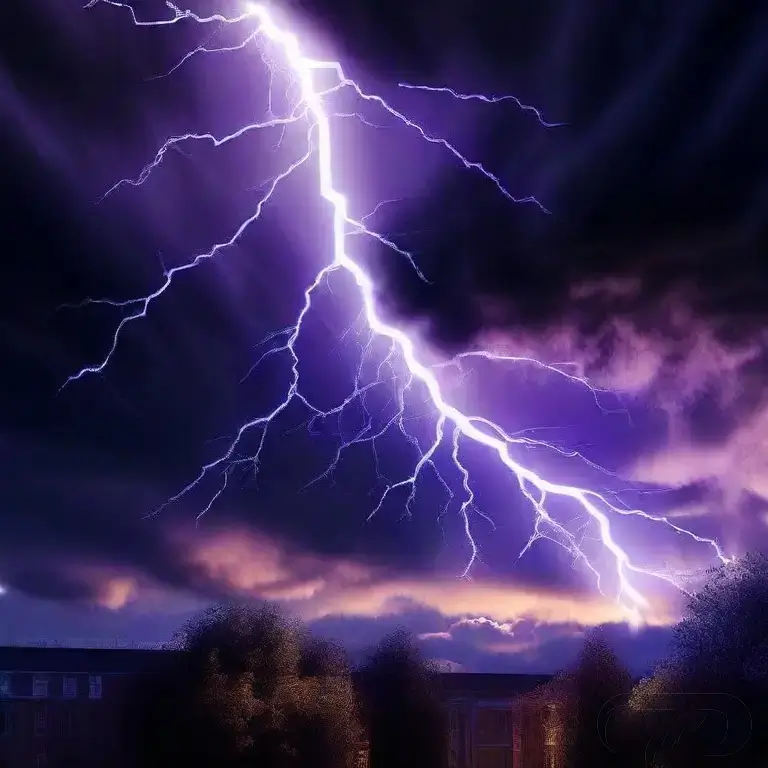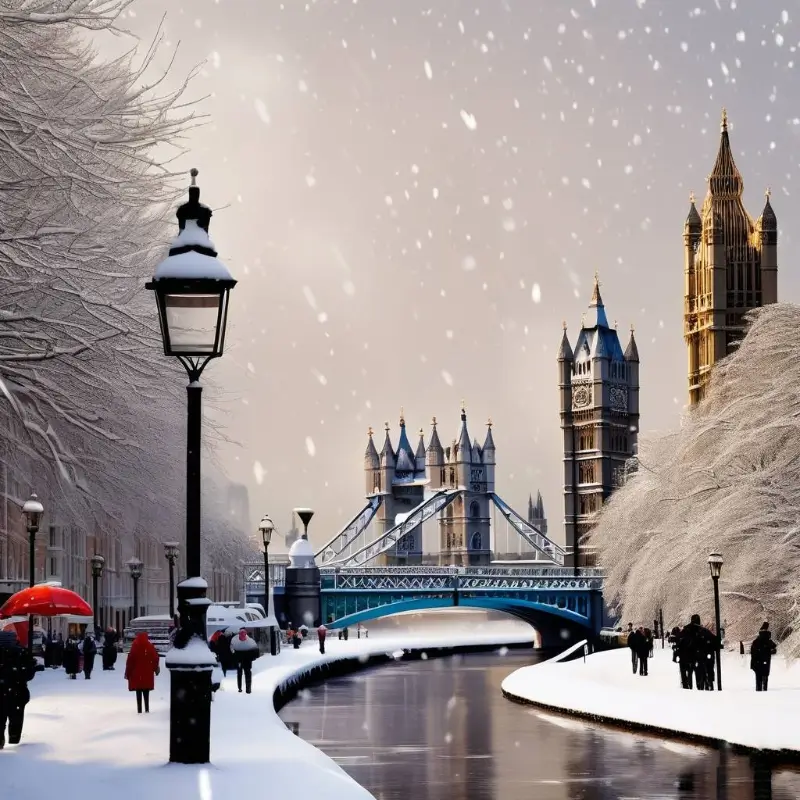why does it hail?
Hail is a form of precipitation that consists of ice pellets that have formed within strong thunderstorms. It occurs when the temperature and conditions in the atmosphere are favorable for the growth of ice crystals from water droplets. Here’s a more detailed explanation of how hail is formed: Hail can cause significant damage to vehicles, […]








